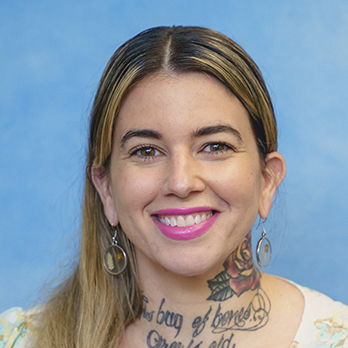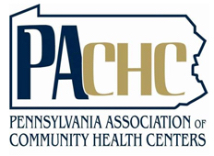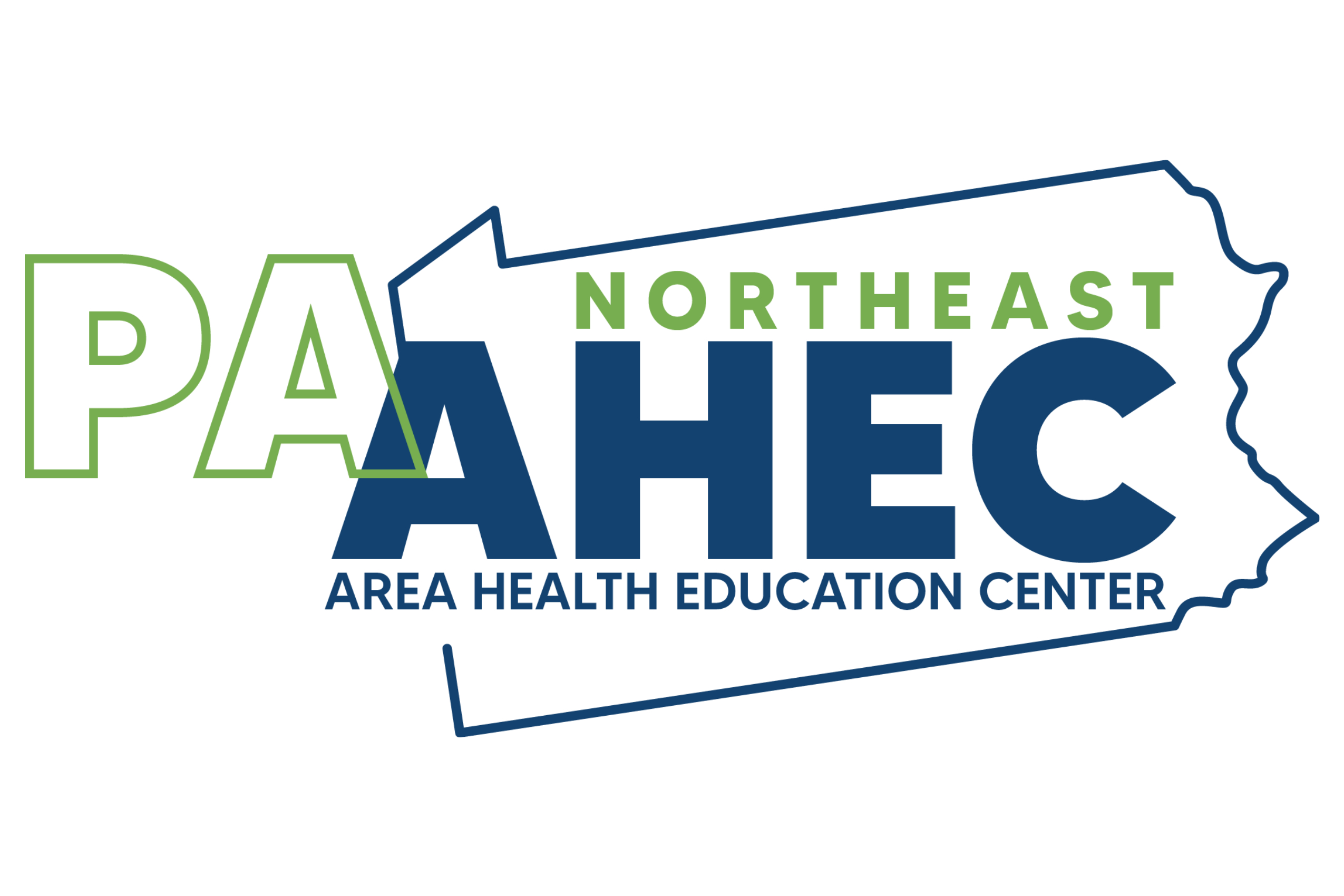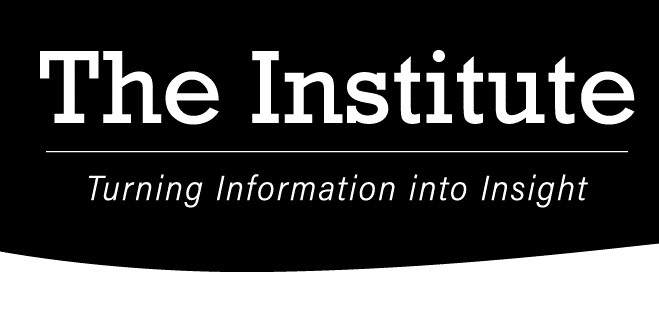Indigenous Heritage

Recognizing the indigenous communities around the world
When we think of the original inhabitants of the Americas, Christopher Columbus may come to mind. However, the original explorers and settlers were the Indigenous people. Let us celebrate and lift this culture. Let us recognize the many communities spread out across the world and the beautiful contributions attributed to our society. Let us also acknowledge the devastating losses this heritage has endured for many centuries.
The original inhabitants experienced enslavement, violence, disruption of traditions, and a large loss of their land and homes. According to the Native Knowledge-Smithsonian, Native Americans lost about 95 percent of their population in the 130 years following first contact.
For centuries, and still today, Indigenous people have suffered through acts of colonization and cultural assimilation. Many negative and dehumanizing stereotypes perpetuate racism and dismiss the many injustices they face.
Some statistics:
- Did you know that many women and children are missing or being murdered at staggering rates? Native American women make up a significant portion of the missing and murder cases. Not only is the murder rate 10 times higher than the national average for women living on reservations, but murder is the third leading cause of death for Native American women, according to the Urban Indian Health Institute.
- Indigenous populations have suicide rates up to three times higher than any other ethnic group in the U.S., according to Zero Suicide.
- Indigenous people have served in the U.S. Armed Forces at high rates, according to the National Library of Medicine, and this may be one of the contributing factors for the high prevalence of PTSD among them.
How to be culturally sensitive:
- Understanding there is no one homogenous group and there are many different populations and tribes of Indigenous culture all across the world.
- Acknowledgement of their spiritual and cultural backgrounds. In Western culture, not all mental and behavioral health programs provide this type of treatment. Indigenous people were the first group to establish holistic and natural treatments.
- Awareness of the history of Indigenous people. Recognize their experience with institutions and the negative stereotypes and generalizations they encounter.
Indigenous people have many protective factors that can aid in resilience:
- Practicing and holding traditional knowledge and skills
- Spirituality
- Nature
- The desire to be useful and to contribute meaningfully to one’s community
- Having positive role models
- Believing in one’s self
(Source: American Psychiatric Association)
In 1977, Indigenous people proposed the idea of changing Christopher Columbus Day to Indigenous Peoples Day at a United Nations conference held to address discrimination. In 1989, South Dakota became the first state to replace the holiday, officially celebrating it the following year.
There are many movements and advocates fighting for the rights and freedoms of Indigenous people. Let’s speak up, educate ourselves, and take steps to fight for justice.
Northeast Pennsylvania’s rich Indigenous heritage
“Lehigh,” “Pocono,” and “Macungie” are derived from the Lenni Lenape’s language for these regions. The Lenape called the river Lechaw-weeki or “Lechauwekink,” which means “where there are forks,” and was mistranslated into Lehigh by incoming Europeans.
Pocono is a misinterpretation of Pocohanne, which means “a stream between mountains.”
What we call Macungie today was called “Maguntsche,” which translates to “feeding place of the bears” or “bear swamp.”
We acknowledge that all of our nature preserves are on the honorable Lenni Lenape’s land. They stewarded it with indigenous knowledge, traveled along the springs of South Mountain, and were here more than 10,000 years before colonialism.
Sources: Zagofsky, 1997 via @lehighu; PA Markers Quest; & @poconorecord
We honor the many contributions of these Native American women throughout history:
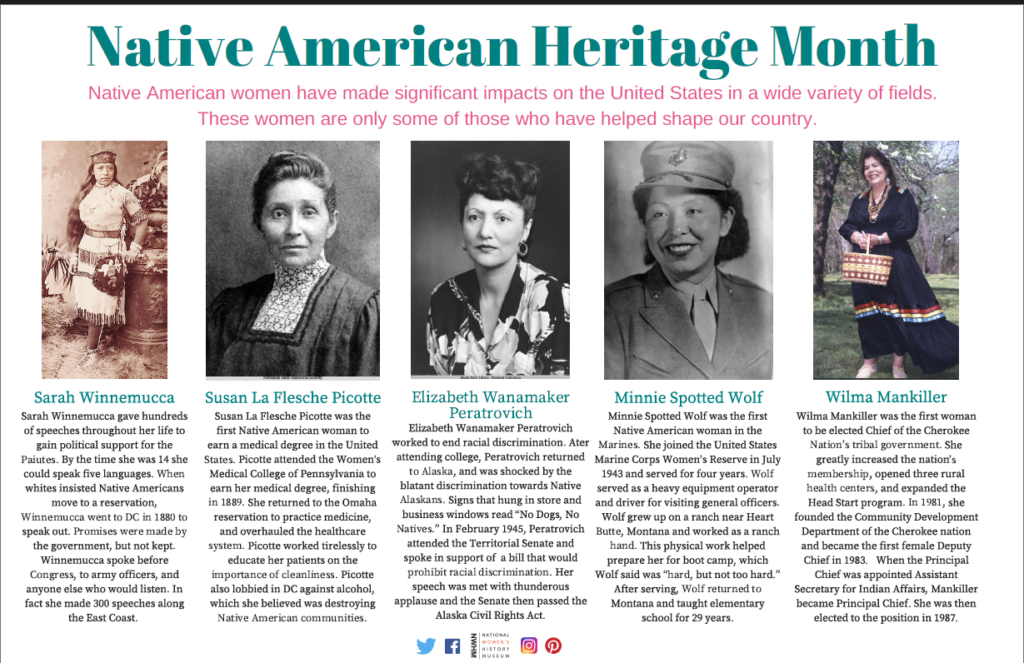
Diversity at The Wright Center
Each month, we will highlight diversity related to our patients, staff, faculty, and residents.
Within our Internal Medicine residency, we celebrate the ethnicities and backgrounds including:
Asian 72.50% , Black/African American 2.50%, Hispanic or Latino 2.50%, White 15.50% , and Undisclosed 7.5%
Thanks,

Allison LaRussa, B.A., CPS, RYT (She/Her)
AVP, Health Humanities, Trauma-Informed Sanctuary Frameworks, and Diversity, Equity, and Inclusion
The Wright Centers for Community Health and Graduate Medical Education
